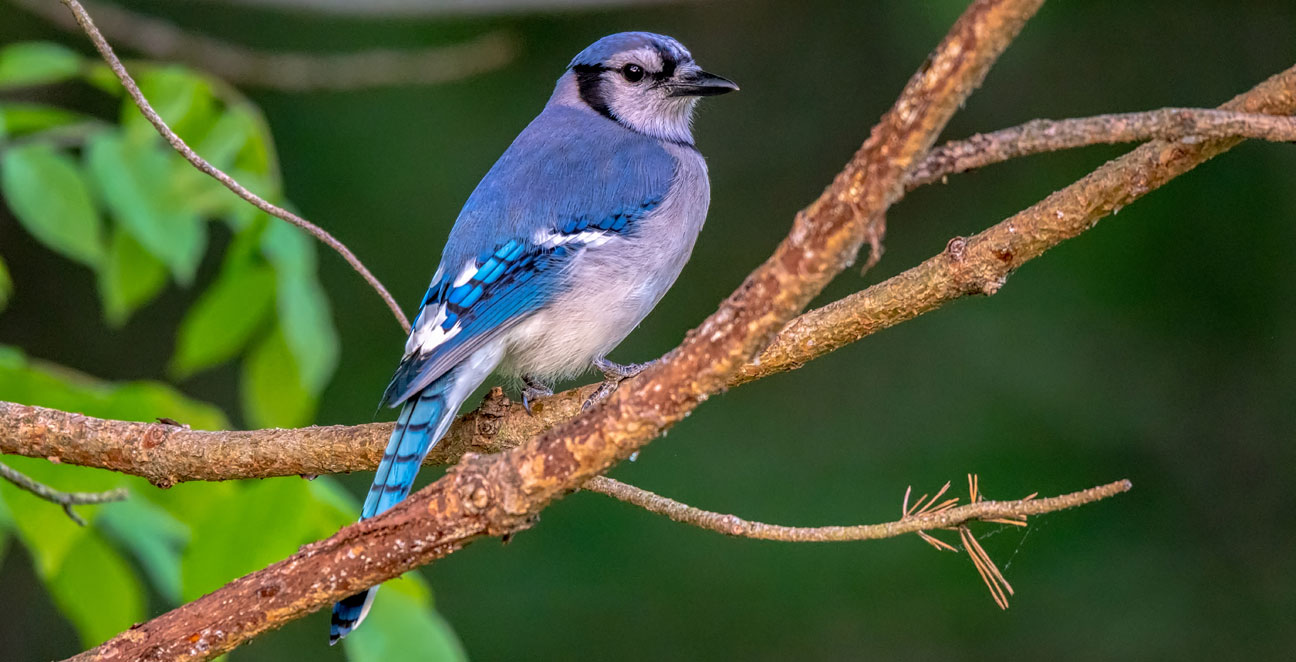
Marsh Wren
Scientific Name:
Cistothorus palustris
Length:
3.9-5.5 in (10-14 cm)
Weight:
0.3-0.5 oz (9-14 g)
Wingspan:
5.9 in (15 cm)
Nest:
The nest is anchored to standing cattails, bulrushes, or bushes in marsh, usually 1-3' above water, sometimes higher. It is oval or football-shaped mass with entrance on side, woven of wet grass, cattails, rushes, lined with fine grass, plant down, feathers.
Eggs:
4-5, sometimes 3-6, rarely more. Pale brown, heavily dotted with dark brown; sometimes may be all white. Incubation is by female only, about 13-16 days.
Feeding Behavior:
They look for food very actively in dense low growth, taking insects from the stems of marsh plants or from the ground. Sometimes makes short flights to catch flying insects in mid-air. The insects can be beetles, flies, moths, caterpillars, ants, grasshoppers, and many others. Also aquatic insects and their larvae, including those of mosquitoes and damselflies, spiders and snails.
Young:
Both parents feed young but female probably does more. Young leave nest about 12-16 days after hatching.
Range:
It is native to Canada, Mexico, and the United States. Their breeding habitat is marshes with tall vegetation such as cattails across North America. In the western United States, some birds are permanent residents. Other birds migrate to marshes and salt marshes in the southern United States and Mexico.
Brief Description:
Adults have brown upperparts with a light brown belly and flanks and a white throat and breast. The back is black with white stripes. They have a dark cap with a white line over the eyes and a short thin bill and short wings.